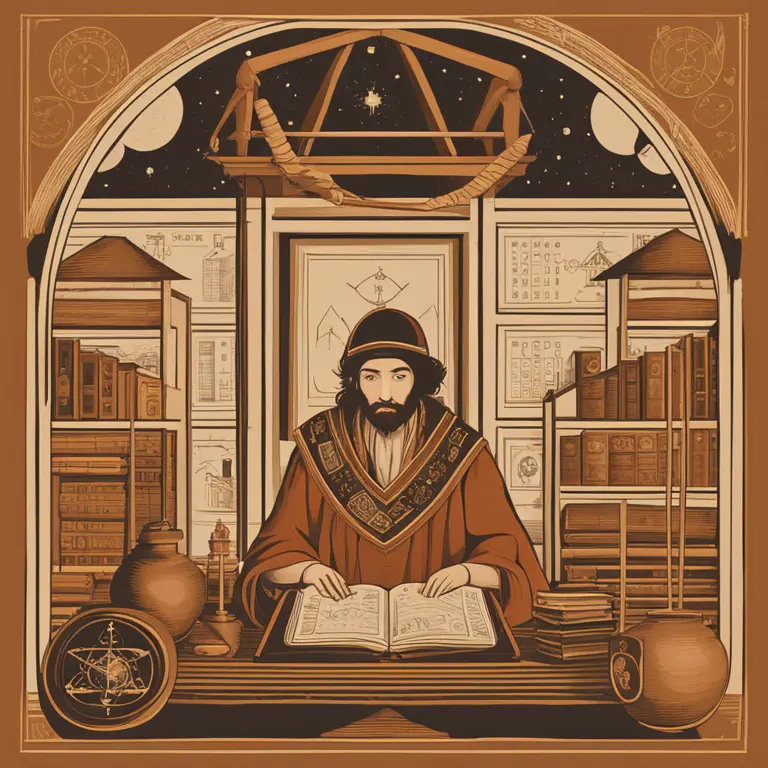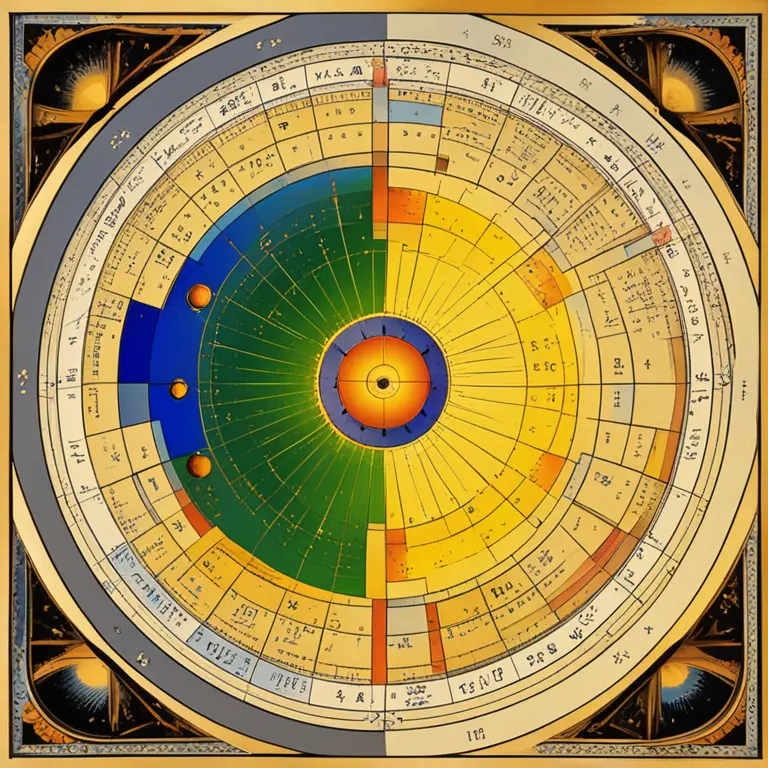
The Accuracy Battle of Astrology House Systems
Discover which astrology house system might provide the most precision in your astrological analyses and birth chart interpretations.
article by Priya Deshmukh
The Quest for Precision in Astrological Practice
Astrology has always been a quest for understanding human experiences through celestial influences. Practitioners have developed various house systems over centuries, each claiming to offer a unique lens through which we can view a birth chart. But with so many different systems, the question arises: which is the most accurate? This article breaks down the key contenders and delves into the ongoing debate among astrologers.

Placidus: The Popular Choice
The Placidus system, named after the 17th-century astrologer Placidus de Titis, is the most popular in Western astrology. It divides the ecliptic based on the time it takes for each degree to rise above the horizon, resulting in houses that can vary greatly in size. Its popularity stems from detailed interpretations it provides, yet it's noteworthy that near the polar regions, Placidus becomes unreliable due to extreme house sizes.

Whole Sign Houses: The Ancient Method
In stark contrast to Placidus, the Whole Sign system, which dates back to Hellenistic astrology, allocates equal 30-degree segments to each house, corresponding directly with each zodiac sign. This simplicity offers a clear and consistent house delineation, making it a favorite among traditionalist and modern astrologers alike. Despite its ancient roots, its resurgence in popularity speaks to its enduring appeal.

Equal House System: Uniformity over Complexity
The Equal House system is another approach that assigns equal 30-degree segments for each house, with the Ascendant marking the beginning of the first house. Its straightforwardness is attractive; every house holds equal weight in interpretative significance. However, critics argue that it does not account for the varying times it takes for signs to ascend, which can be seen as a significant omission.
Koch System: A Time-Sensitive Approach
The Koch system, or the Birthplace House System, is similar to Placidus in considering the time factor but uses a different method to calculate intermediate house cusps. Developed by the 20th-century astrologer Walter Koch, this system is praised for its precision, especially with natal charts. However, like Placidus, it encounters issues in extreme latitudes, making it less applicable universally.
Porphyry: The Geometrical Mean
The Porphyry system is one of the oldest and is known for its geometric simplicity. It trisects the arc between the Ascendant and Midheaven into equal parts to determine house cusps. While this system has its supporters for its mathematical neatness, it does not accommodate the diurnal rotation, which some critics believe detracts from its accuracy.
Experimental and Esoteric Systems
Astrologers continue to experiment with house divisions, such as the Morinus system known for its exact mathematical calculations, or the Campanus method that divides the prime vertical into equal parts. While less common, these systems reflect astrology's adaptability and the diverse perspectives of practitioners. Despite these innovations, no empirical method has been universally accepted to crown one system as the most accurate.
Considering Personal Experience
Ultimately, the question of accuracy is a personal and subjective one within astrological practice. What resonates most accurately for the practitioner and consultee is key. Many astrologers recommend trying multiple systems and observing which yields the most resonant interpretations for your charts since astrological practice is as much an art as it is a science.
Published: 2/5/2024
Modified: 2/5/2024
More predictions
Come back here soon to learn more about yourself and your future


The Zodiac Signs and their Influence
Delve into the intricate world of zodiac signs, where celestial alignments offer insights into personality traits, future forecasts, and life paths.


Zodiac Signs: Dates and Meanings
A concise guide detailing the dates and fundamental characteristics of the twelve zodiac signs.


Leo Zodiac Sign Insights: Traits, Love, and Destiny
Delve into the spirited world of Leo: learn about their bold traits, love compatibility, and 2024 forecast in this comprehensive guide.